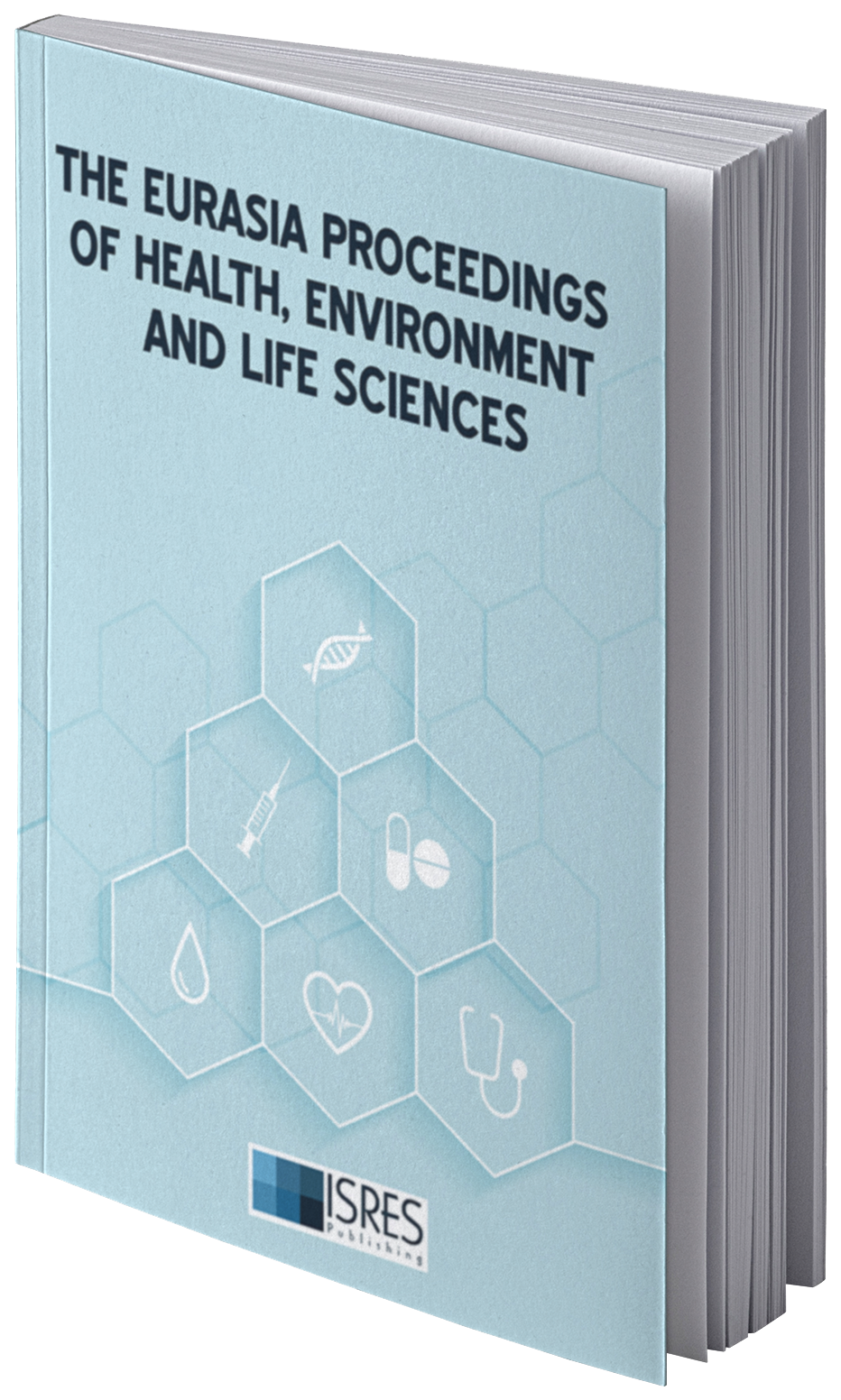Biochemical Parameters Studying in Experimental Diabetes
DOI:
https://doi.org/10.55549/ephels.129Abstract
Objective of study was biochemical parameters studying in experimental modeling of 2nd type diabetes in animals. To achieve the goal 2nd type induced diabetes was modeled in white male rats weighing on average 200.0±20.0 gr. Streptozotocin (MP Biomedicals, USA) administered intraperitoneally at 30 mg/kg dose was used as β-cytotoxin in modeling diabetes. After injection in experimental animals glucose concentration increased by 1.2 times (p<0.05), glycated hemoglobin level increased by 1.4 times (p<0.05). Lipid peroxidation outputs and antioxidant preservation enzymes in blood lymphocytes were studied: diene conjugates, malondialdehyde content, glutathione reductase, glutathione peroxidase, catalase activities. Studies have shown that in diabetes peripheral blood lymphocytes DC concentration increases by 20.68% (p<0.05), whereas MDA also increases by 23.07% (p<0.05). Antioxidant system enzymes underwent the following changes in diabetes: GlR activity in the blood decreased by 21.38% (p<0.05), catalase by 18.26% (p<0.05), whereas GlP activity was observed to decrease (p>0.05). Results show decrease in antioxidant system activation against the background of oxidative stress activation. AOP state studying seems crucial from the point of view of correctional therapy methods and determining pathological and adaptive alteration origin in the body. Conclusions. In diabetes mellitus oxidation process of chain lipids free radicals is activated entailing undesirable outputs accumulation in tissues having extremely harmful effects leading to cell membranes changes at different levels. Diabetes formation is accompanied by decrease in antioxidant system activation confirming by decrease in GlR, GlP, Kt expression against oxidative stress expression background
Downloads
Published
Issue
Section
License
Copyright (c) 2024 The Eurasia Proceedings of Health, Environment and Life Sciences

This work is licensed under a Creative Commons Attribution 4.0 International License.
The articles may be used for research, teaching, and private study purposes. Any substantial or systematic reproduction, redistribution, reselling, loan, sub-licensing, systematic supply, or distribution in any form to anyone is expressly forbidden. Authors alone are responsible for the contents of their articles. The journal owns the copyright of the articles. The publisher shall not be liable for any loss, actions, claims, proceedings, demand, or costs or damages whatsoever or howsoever caused arising directly or indirectly in connection with or arising out of the use of the research material. All authors are requested to disclose any actual or potential conflict of interest including any financial, personal or other relationships with other people or organizations regarding the submitted work.



